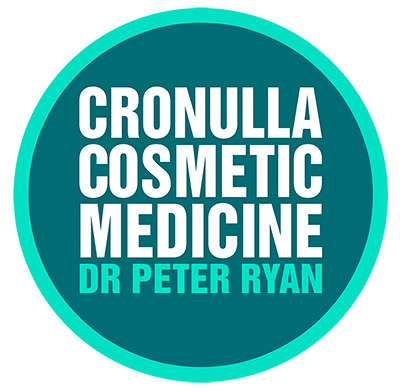Advice

DERMAPLANING + LACTIC PEEL
SKIN REWAL PROCESS
The skin cell turnover rate varies, and age plays a major role. With age, it takes longer for skin to repair and replace the damaged cells. The longer it takes for your skin to renew itself, the more built-up dead skin cells on the top layer of the skin waiting to be replaced. These excess dead skin cells make your complexion look dull and tired. Derma-blading is an excellent means of maintaining a fresh complexion.
WHAT IS DERMA-BLADING?
Derma-blading, epi-blading or dermaplaning is the process of gently scraping away dead skin cells and ‘peach fuzz’ hairs to give your skin a smoother, brighter complexion. If your skin is looking dull, derma-blading is a gentle way to exfoliate and reap some amazing benefits.
This process uses a small surgical blade to gently slough off dead skin cells in addition to removing wispy facial hair, so skin is more even in tone and texture. You won’t grow a beard after dermaplaning, the surgical blade just shaves the ends from the fine vellus hairs. Nothing happens to the follicles themselves, so the growth of the hair isn’t changed.
Dermaplaning is safe for most people, with little risk of side effects. You don’t need to plan any downtime to recover from a dermaplaning treatment.
DERMA-BLADING, WITH A BOOST
The real benefit of dermaplaning is that any active products you use will be better absorbed. So a derma-blading treatment alone is great but what about adding a lactic peel? Right after dermaplaning, your skin is able to deeply absorb and benefit from a peel, allowing the solution to penetrate more of the skin layers. Using vitamin C, hyaluronic acid and retinol after your treatment can be particularly effective.
So if you would like to add an extra boost to your next peel, why not try derma-blading first.
WHAT TO EXPECT POST PROCEDURE
You may notice that your skin looks brighter immediately after a derma-blading treatment, but it often takes a few days to appreciate the full results.
After a derma-blading treatment, you will need to be extra careful about sun exposure and wearing SPF is imperative. Sun damage could reverse the effects of dermaplaning or create pigment blotches on your freshly uncovered skin cells.
ANY QUESTIONS? WANT TO BOOK A CONSULTATION?
Whether you’re ready to get started or simply have some questions at this point, your first step is scheduling an initial consultation with us.
We are ready to help at any time, so contact us today to schedule your consultation.
Latest Post
- TREATING REDNESS, ROSCACEA & CHERRY ANGIOMAS
- MELASMA TREATMENTS
- NON-SURGICAL FACE LIFT
- LASER TERMINOLOGY, WHAT DOES THAT ACTUALLY MEAN?
- LASERS, SO WHAT DO THEY DO?
- LASER HAIR REMOVAL
- EYE AREA REJUVENATION
- DERMAPLANING + LACTIC PEEL
- FRACTIONAL CO2 LASER SKIN RESURFACING
- PEELS, SO WHAT DO THEY DO?
